Sport Athletics Weight 68 kg Height 1.66 m | Died April 26, 1944 Name Violette Morris | |
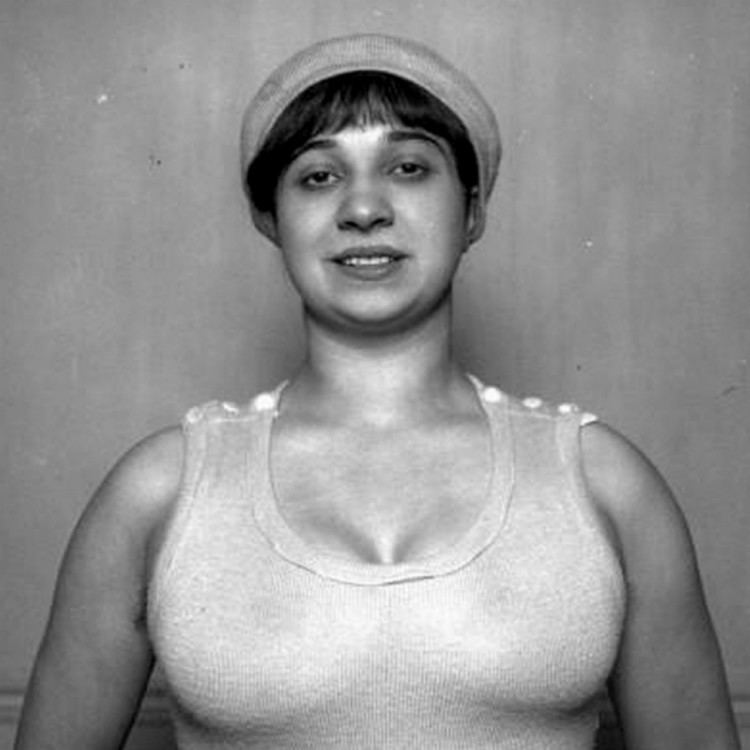 | ||
Violette morris la hiena de la gestapo
Violette Morris (18 April 1893 – 26 April 1944) was a French athlete who won two gold and one silver medals at the Women's World Games in 1921–1922. Starting in 1936 she worked with the Gestapo during World War II. She was killed in 1944 in a Resistance-led ambush as a traitor to the French state.
Contents
- Violette morris la hiena de la gestapo
- Violette Morris la diablesse du stade
- Early life
- Athletic career
- Lifestyle
- Collaboration
- References

Violette Morris, la diablesse du stade
Early life
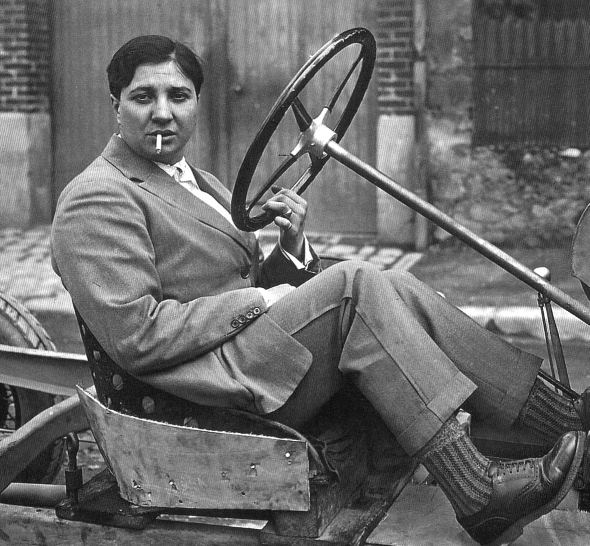
The youngest of six sisters, Morris spent her adolescence in a convent, L'Assomption de Huy. Although she was a lesbian, at age 20 she married Monsieur Gouraud on 22 August 1914. They divorced in May 1923. She served in World War I as a military nurse during the Battle of the Somme and a courier during the Battle of Verdun.
Athletic career
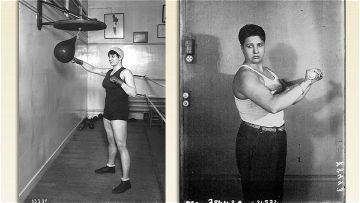
Morris was a gifted athlete, becoming the first French woman to excel at Shot put and discus, and playing on two separate women's football teams. She played for Fémina Sports from 1917 until 1919, and for Olympique de Paris from 1920 to 1926. Both teams were based in Paris. She also played on the French women's national team.

In addition to her football career, she was an active participant in many other sports. She was selected for the French national water polo team even though there was no women's team at the time. She was an avid boxer, often fighting against, and defeating men. She became French national champion in 1923. Among the other sports she participated in were road bicycle racing, motorcycle racing, car racing, airplane racing, horseback riding, tennis, archery, diving, swimming, weightlifting, and Greco-Roman wrestling. Her most brilliant athletic years were considered to be from 1921 to 1924, when her slogan was "Ce qu'un homme fait, Violette peut le faire!" (English: Anything a man can do Violette can do!). She later won the 1927 Bol d'Or 24 Hours car race at the wheel of a B.N.C..
Lifestyle
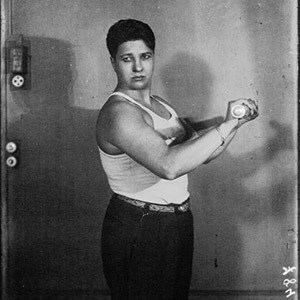
Morris's lifestyle was quite different from the traditional role of women during the 1920s. In addition to her wide-ranging athletic activities, Morris deviated from traditional behaviours of the time in several other ways. Among other things, she was a heavy smoker and swore often.

She was refused license renewal by the Fédération française sportive féminine (FFSF – French Women's Athletic Federation) amid complaints of her bisexual lifestyle and was therefore barred from participating in the 1928 Summer Olympics. The agency cited her lack of morals, especially in light of the fact that one of her lovers, Raoul Paoli, made public her bisexuality. Paoli had recently left Morris after she had initially decided to undergo an elective mastectomy in order to fit into racing cars more easily. After 1928, Morris settled into owning a car parts store in Paris, and, along with her employees, building racing cars.
Collaboration
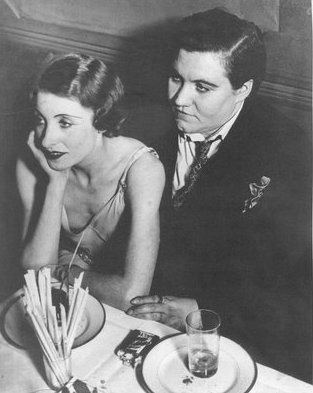
At the end of December 1935, Morris was recruited by the Sicherheitsdienst (Security Service), a wing of the infamous SS of Nazi Germany. She was invited, with honor, to attend the 1936 Summer Olympics in Berlin at the personal behest of Adolf Hitler. She gave Germany partial plans of the Maginot Line, detailed plans of strategic points within the city of Paris, and schematics of the French army's main tank, the Somua S35. Her plans were integral to the German invasion of Paris in 1940. She benefited from the German occupation, often colluding with the local mob. She lived through the German occupation in a houseboat on the River Seine.
One of her main responsibilities during the war was to foil the operation of the Special Operations Executive, a British-run organisation that helped the resistance. For these activities, Morris was sentenced to death in absentia and was killed along a country road by members of a French resistance group on 26 April 1944, at the age of 51, while out driving with friends who were also collaborators. Two other passengers were little children. They too were killed. Her body, riddled with bullets, was never claimed, and was buried in a communal grave.
